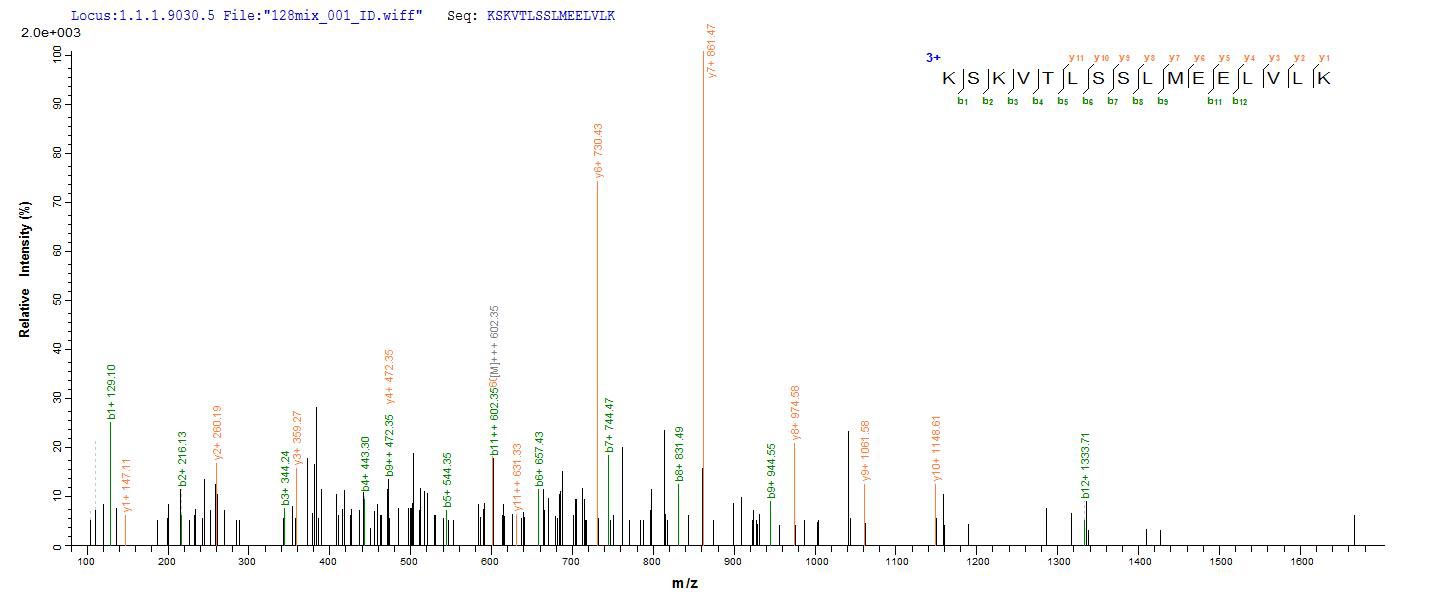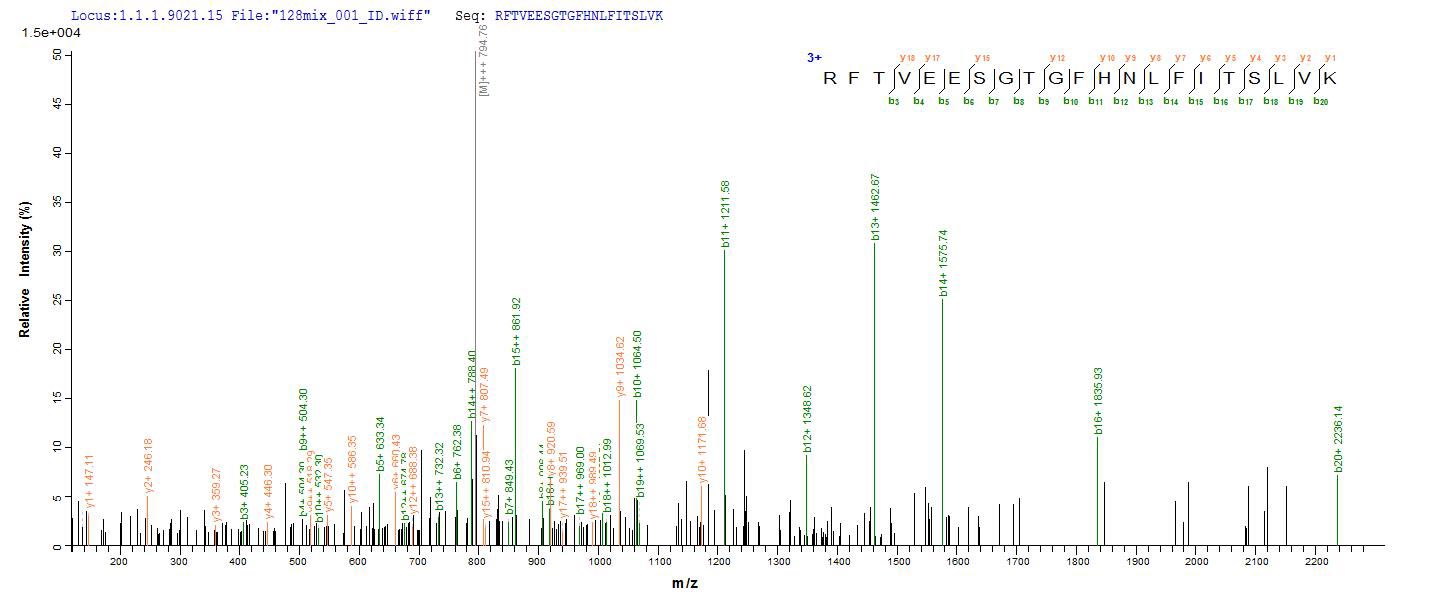Recombinant Human Titin (TTN) is expressed in E. coli, covering the amino acid region 5398-5604 of Isoform 6. This protein carries an N-terminal 6xHis tag, which helps with purification and detection. SDS-PAGE analysis shows the protein appears to reach purity levels above 90%. The recombinant protein is produced under stringent conditions to keep endotoxin levels low, which should make it suitable for various research applications.
Titin plays a crucial role in muscle physiology - it's known for its involvement in muscle contraction and elasticity. As the largest protein in the human body, titin contributes to the structural integrity and function of the sarcomere, the basic unit of muscle contraction. Research on titin may be essential for understanding muscular disorders and the biomechanics of how muscles work.
Potential Applications
Note: The applications listed below are based on what we know about this protein's biological functions, published research, and experience from experts in the field. However, we haven't fully tested all of these applications ourselves yet. We'd recommend running some preliminary tests first to make sure they work for your specific research goals.
Based on the provided information, recombinant human TTN fragment (5398-5604aa) is produced in an E. coli expression system with an N-terminal 6xHis-tag. TTN is a giant eukaryotic structural protein with complex domain architecture, requiring precise folding and stability for its role in sarcomere assembly. E. coli expression systems often struggle with the correct folding of large eukaryotic protein fragments due to the lack of eukaryotic chaperones and post-translational modifications. The partial nature of the fragment (206 amino acids) may not fully represent the native domain structure, and the His-tag could potentially interfere with folding or function. Purity >90% by SDS-PAGE is determined under denaturing conditions and does not confirm native folding or bioactivity. No validation data (e.g., circular dichroism, functional binding assays) are provided. Therefore, the protein's folding status and bioactivity cannot be confirmed and are likely compromised.
1. Protein-Protein Interaction Studies
If the recombinant TTN fragment is correctly folded (unverified), it could be used to study protein interactions within the sarcomere, as the His-tag facilitates immobilization for pull-down assays. However, if misfolded (probable in E. coli), the fragment may exhibit non-specific binding or fail to recognize genuine biological partners, leading to misleading conclusions about sarcomere assembly. The His-tag might sterically hinder interaction sites even with correct folding.
2. Antibody Development and Validation
This application is suitable as antibody generation primarily relies on linear epitope recognition, which is independent of folding status. The high purity reduces cross-reactivity, and the defined fragment allows for region-specific antibody production. However, if misfolded, generated antibodies may not optimally recognize conformation-dependent epitopes of native titin in biological contexts, requiring additional validation.
3. Structural and Biophysical Characterization
If correctly folded, the fragment could be used for biophysical analyses to understand domain properties, but the His-tag may interfere with structural signals. If misfolded, data from techniques like circular dichroism or dynamic light scattering would misrepresent the native protein's architecture, leading to incorrect insights into titin's modular structure.
4. In Vitro Binding Assays
If properly folded, the His-tagged fragment could be used in ELISA or other binding assays, but if misfolded, results would not reflect biological relevance, potentially identifying false interactions. The tag-oriented immobilization may alter binding site accessibility, compromising assays for drug discovery or protein-ligand studies.
Final Recommendation & Action Plan
Given the high risk of misfolding due to E. coli expression and the complex nature of titin, it is essential to validate the protein's folding and functionality before any application. The recommended action plan includes first performing biophysical characterization (e.g., circular dichroism for secondary structure, size-exclusion chromatography for oligomeric state) and functional assays (e.g., binding studies with known titin partners) to confirm native conformation. If validation fails, consider using eukaryotic expression systems (e.g., mammalian or insect cells) for better folding or obtain a commercially validated titin fragment. For immediate use, proceed with antibody development but validate antibodies against native protein, and avoid functional studies until proper folding is confirmed. Always include appropriate controls and use tag-free versions if possible for structural or interaction studies.

-SDS.jpg)




